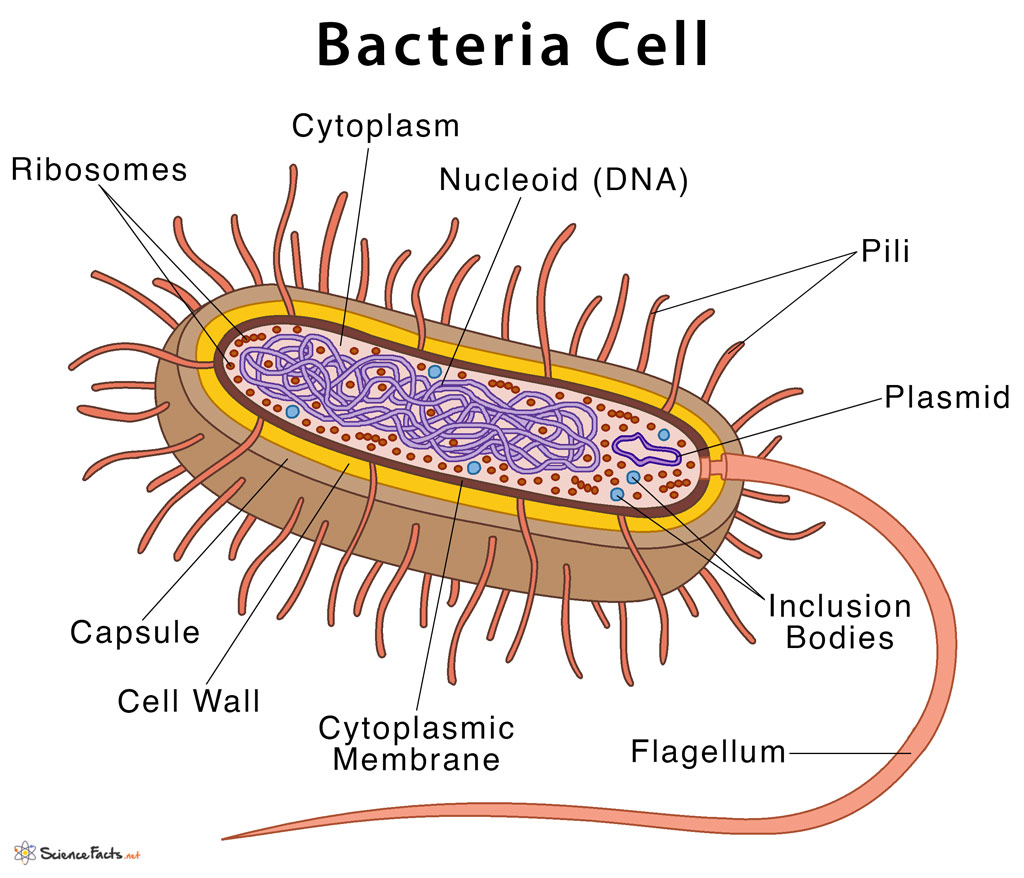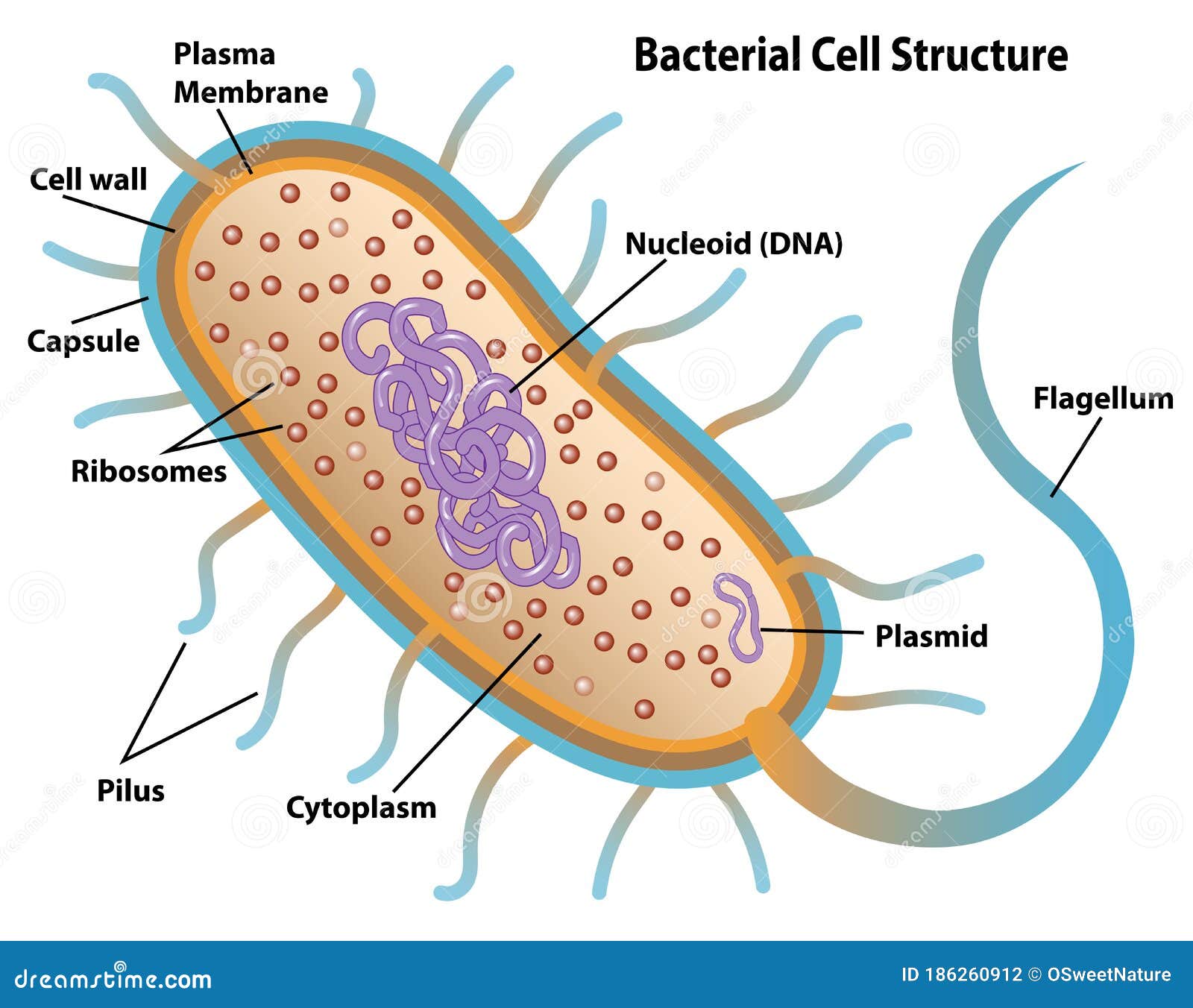Bacteria In Florida: What You Need To Know For Safety And Health
Florida, with its beautiful coastlines and warm, inviting waters, draws people from all over. Yet, beneath the surface of these inviting places, a tiny world of living things exists. These are bacteria, and they play a very big part in the natural world, in fact. While many types are harmless, or even helpful, some can cause serious problems, especially here where the environment is so unique. It's really quite important to understand these microscopic residents, so you can enjoy Florida's natural beauty safely and with peace of mind.
You see, bacteria are incredibly small living organisms, just one cell each, actually. We call a single one a "bacterium." There are, like, millions, maybe even billions, of different kinds of them all around us. They live inside and outside of nearly every living thing, including us, you know. Some are truly vital for life, helping with essential processes, but others, well, they can cause illness.
This article will help you get a better grip on bacteria, especially those found in Florida. We'll talk about their big jobs in nature, how some can affect human health, and, very importantly, what steps you can take to stay safe. It's about knowing the facts, so you can make smart choices when you're out and about in this lovely state, apparently.
Table of Contents
- What Are Bacteria, Really?
- Bacteria's Big Role in Nature
- Florida's Unique Bacterial Landscape
- Staying Safe in Florida's Waters
- The Good Side of Bacteria
- Frequently Asked Questions About Bacteria in Florida
What Are Bacteria, Really?
Bacteria, at their core, are microscopic living things. They have just one cell, which is why they are so small that millions can live in a tiny space, like a single drop of water, you know. Humans and other multi-celled creatures are eukaryotes; our cells have distinct centers. Bacteria, on the other hand, are microbes with a much simpler cell arrangement than many other creatures.
But simpler doesn't mean basic, not at all. The more scientists study them, the more they truly grasp how intricate these tiny organisms are, actually. They are found almost everywhere, both inside and outside of organisms. Some are quite harmless, while others are incredibly helpful, and a few can indeed be harmful.
Bacteria's Big Role in Nature
Bacteria play a truly vital part in many steps of the nutrient cycle, recycling nutrients in the environment. This includes, for example, the breakdown of dead matter, which is pretty important for returning goodness to the soil and water. They also help with the fixation of nitrogen from the air, a process that is essential for plants to grow, so.
Without bacteria, the world's ecosystems would probably grind to a halt. They are the tiny workers that keep things moving, making sure that what dies returns to the earth to feed new life. It's a continuous process, and bacteria are really at the heart of it, you see.
Florida's Unique Bacterial Landscape
Florida's warm climate and extensive coastline create a particular setting where certain types of bacteria thrive. While most are benign, the conditions here can, sometimes, lead to concerns about specific harmful kinds. This is especially true in coastal areas and after heavy rain or flooding events, as a matter of fact.
Vibrio Vulnificus: A Closer Look
One type of bacteria that gets a lot of attention in Florida is Vibrio vulnificus. This bacterium is naturally present in warm, somewhat salty coastal waters, which describes much of Florida's aquatic environment, obviously. It's important to understand that it's not an invading species; it just lives there, basically.
Vibrio vulnificus infections are, thankfully, rare, but they can be very serious. The bacteria, Vibrio vulnificus, most often causes infection through open wounds and the consumption of certain foods, like raw seafood, you know. It's something to be aware of, especially if you spend time in coastal areas.
How Infections Happen
There are two main ways people can get sick from Vibrio vulnificus. One way is when open cuts or scrapes come into contact with water containing the bacteria, so. This could be from swimming, fishing, or just wading in the water. The bacteria can enter the body directly through the broken skin, and that's why "water and wounds do not mix" is a good saying, actually.
The other way is by eating raw or undercooked shellfish, especially oysters, that have the bacteria in them. The bacteria live in the shellfish, and if the shellfish aren't cooked thoroughly, the bacteria can then cause illness in people who eat them. It's a pretty direct path, you know.
Recent Events and Real Concerns
We've seen some serious situations with Vibrio vulnificus, particularly after major flooding events. For example, it's highly unlikely, but it's possible after a major flooding event on par with the hurricanes we endured in 2024, that more cases could appear. The deadly bacteria, Vibrio vulnificus, is something that gets monitored closely.
In Florida, four people have died this year after they were exposed to Vibrio vulnificus, a rare but deadly bacteria found in warm coastal waters. Across the U.S., eight people have died, which is a very sad number. Vibrio bacteria sickened dozens of people following hurricanes Helene and Milton, and the microbes’ presence became a big concern, so.
Recognizing the Signs
Symptoms of a Vibrio vulnificus infection can come on quickly and be quite severe. For wound infections, you might see redness, swelling, and intense pain around the cut, which can get worse fast. For infections from eating contaminated food, symptoms often include stomach upset, vomiting, diarrhea, and fever, you know. It's really important to know these signs.
If you have any open wounds and have been in brackish water, or if you've eaten raw seafood and start feeling unwell, you should seek medical attention right away. Early treatment can make a big difference, honestly.
Who Should Be Extra Careful?
While anyone can get a Vibrio vulnificus infection, some people are at a higher risk for severe illness. This includes individuals with weakened immune systems, like those with liver disease, cancer, or diabetes. Older adults are also more vulnerable, apparently. These groups should be particularly cautious when around warm coastal waters or consuming raw seafood, actually.
If you fall into one of these categories, or if you have any health conditions that might make you more susceptible, it's a good idea to talk to your doctor about specific precautions. They can offer personalized advice, so.
Staying Safe in Florida's Waters
Knowing about the risks is the first step; taking action is the next. Here are some simple, practical steps you can take to enjoy Florida's beautiful waters safely and reduce your chances of encountering harmful bacteria like Vibrio vulnificus, you know.
Water Safety Habits
Avoid Water with Open Wounds: This is probably the most important rule. Do not enter the water if you have any cuts, scrapes, blisters, or recent surgical wounds. Even small breaks in the skin can be an entry point for bacteria, so. Cover any existing wounds with a waterproof bandage if you must be near water, but it's really better to stay out completely.
Wash Wounds Promptly: If a wound does come into contact with coastal water, clean it thoroughly with soap and fresh water as soon as you can. This can help wash away any potential bacteria, you know.
Be Mindful After Storms: After heavy rains or hurricanes, floodwaters can mix with sewage and other contaminants, raising the risk of bacterial presence. It's often best to avoid swimming or wading in coastal waters for a few days after such events, honestly. This is especially true for areas affected by hurricanes like those in 2024, apparently.
Food Safety Tips
Cook Shellfish Thoroughly: If you're eating oysters, clams, or mussels, make sure they are fully cooked. High heat kills bacteria, including Vibrio vulnificus. Steaming or boiling until the shells open, or frying until crispy, are good methods, so.
Handle Raw Seafood Carefully: When preparing raw seafood, avoid cross-contamination. Use separate cutting boards and utensils for raw seafood and other foods. Wash your hands well with soap and water after handling raw seafood, you know. This is just good kitchen practice, really.
When to Get Medical Help
If you suspect a Vibrio vulnificus infection, it's crucial to seek medical care immediately. Don't wait for symptoms to worsen. Tell your doctor if you've been in brackish water or eaten raw seafood recently, as this information can help them make a quick diagnosis. Early treatment, often with antibiotics, can be life-saving, you know. For more information on preventing infections, you can check out resources from health organizations like the CDC: CDC Vibrio Prevention.
The Good Side of Bacteria
While we've focused a lot on potential hazards, it's really important to remember that most bacteria are not harmful. In fact, many types support life and play a crucial role in human health. They are used in medicine and industry, too, it's almost amazing.
For example, bacteria in our gut help us digest food and produce vitamins. They are essential for a healthy body, you know. In medicine, bacteria are used to create antibiotics and other medications. In industry, they help produce certain foods, clean up pollution, and even make biofuels. So, while we need to be careful about certain types of bacteria in Florida, it's also good to appreciate the incredible, positive impact they have on our world, honestly. Learn more about bacteria in Florida on our site, and discover more insights .
Frequently Asked Questions About Bacteria in Florida
Here are some common questions people ask about bacteria in Florida's waters:
What kind of bacteria is in Florida water?
Florida's warm coastal waters naturally contain various bacteria. One specific type that sometimes causes concern is Vibrio vulnificus. This bacterium is found in brackish (slightly salty) water and can cause infections, especially through open wounds or by eating raw seafood, you know. It's a naturally occurring part of the marine environment here, basically.
Is it safe to swim in Florida water?
For most people, swimming in Florida's waters is generally safe. However, precautions are important, particularly if you have open cuts or a weakened immune system. It's wise to avoid swimming in areas with visible pollution or after heavy rain, as water quality can temporarily decline, so. Always check local advisories, if available, and be aware of your own health condition, actually.
How do you get rid of Vibrio in Florida?
You can't really "get rid of" Vibrio vulnificus from Florida's natural waters because it's a naturally occurring bacterium. The focus is instead on preventing infection. This means avoiding contact between open wounds and warm brackish water, and thoroughly cooking all seafood, especially shellfish, you know. These steps are key to staying safe, really.

Bacteria: Definition & Characteristics With Examples & Diagram

Structure Of A Bacteria
.jpg)
File:E. coli Bacteria (16578744517).jpg - Wikimedia Commons